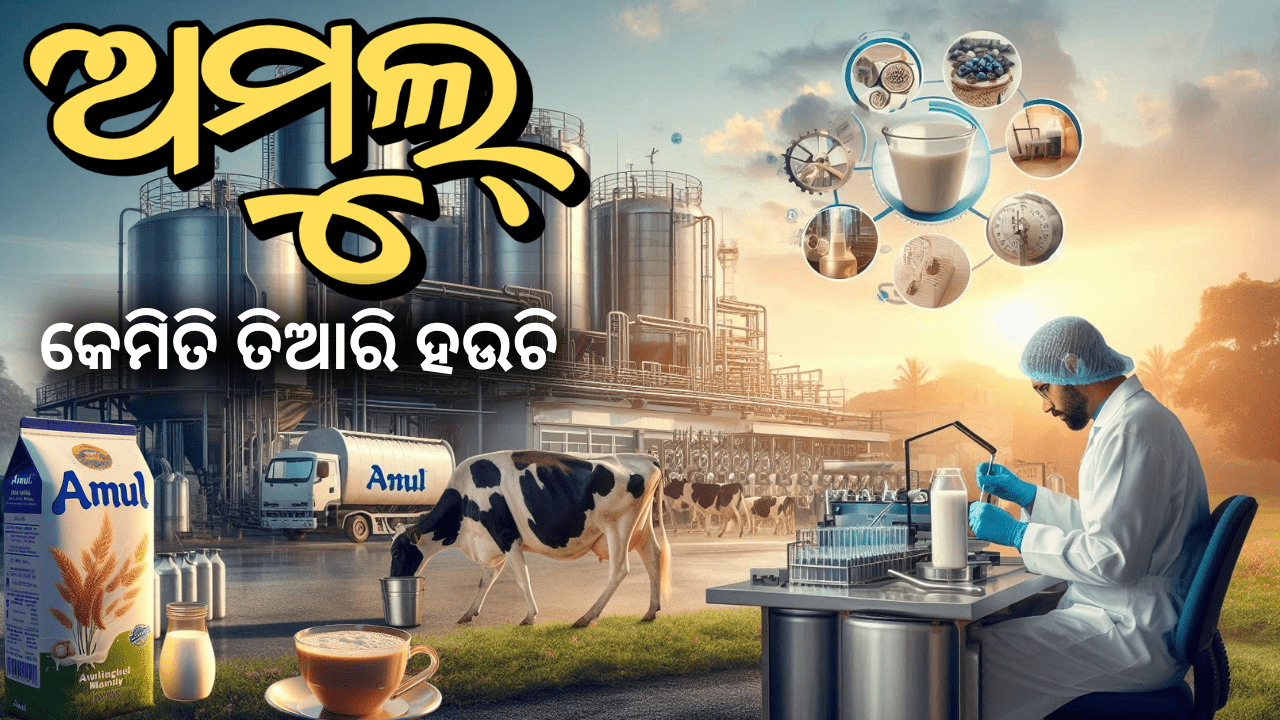Step-by-Step Process of Making Fruit-Based Beverages (e.g., Mazza or Frooti-like Drinks):
- Fruit Selection & Sourcing
- Ripe, high-quality fruits (e.g., mangoes, oranges) are selected based on sweetness, color, and texture.
- Fruits are inspected for spoilage and washed thoroughly to remove dirt and pesticides.
- Preparation & Pulp Extraction
- Fruits are peeled, deseeded, and chopped (varies by fruit type).
- Pulp is extracted using industrial crushers or pulpers. Seeds and fibers are removed.
- The pulp is filtered to create a smooth consistency. Alternatively, concentrated juice may be used for longer shelf life.
- Blending Ingredients
- The fruit pulp/juice is mixed with water (if diluted), sugar or sweeteners, and citric acid (for tartness).
- Additives like preservatives (e.g., sodium benzoate), stabilizers, and artificial flavors/colors may be added per the recipe.
- Homogenization
- The mixture is passed through a homogenizer to ensure even distribution of pulp and prevent separation.
- Pasteurization/UHT Treatment
- To extend shelf life and kill microbes, the liquid is heated:
- Pasteurization: Heated to 75–85°C for 15–30 seconds.
- UHT (Ultra-High Temperature): Heated to 135–150°C for 2–5 seconds (common for tetra packs).
- Cooling
- The pasteurized liquid is rapidly cooled to room temperature to preserve flavor and nutrients.
- Filling & Packaging
- Automated filling machines pour the beverage into sterilized bottles, cans, or tetra packs.
- Containers are sealed immediately to prevent contamination.
- Labeling & Coding
- Labels with nutritional info, branding, and expiry dates are applied.
- Batch codes are printed for traceability.
- Quality Control
- Samples are tested for pH, sweetness, microbial activity, and taste at every stage.
- Packaging integrity checks ensure no leaks or defects.
- Storage & Distribution
- Finished products are stored in temperature-controlled warehouses.
- Distributed to retailers via refrigerated trucks (for chilled drinks) or ambient shipping (for UHT-treated packs).
Key Variations by Product Type:
- Carbonated Variants: Carbon dioxide is injected during blending for fizzy drinks.
- Fortified Drinks: Vitamins (e.g., Vitamin C) or minerals may be added.
- Natural vs. Artificial: Some brands use 100% natural pulp, while others include synthetic flavors.
This process ensures consistency, safety, and taste for commercial fruit beverages like Mazza or Frooti. Exact recipes and techniques may vary by brand.






